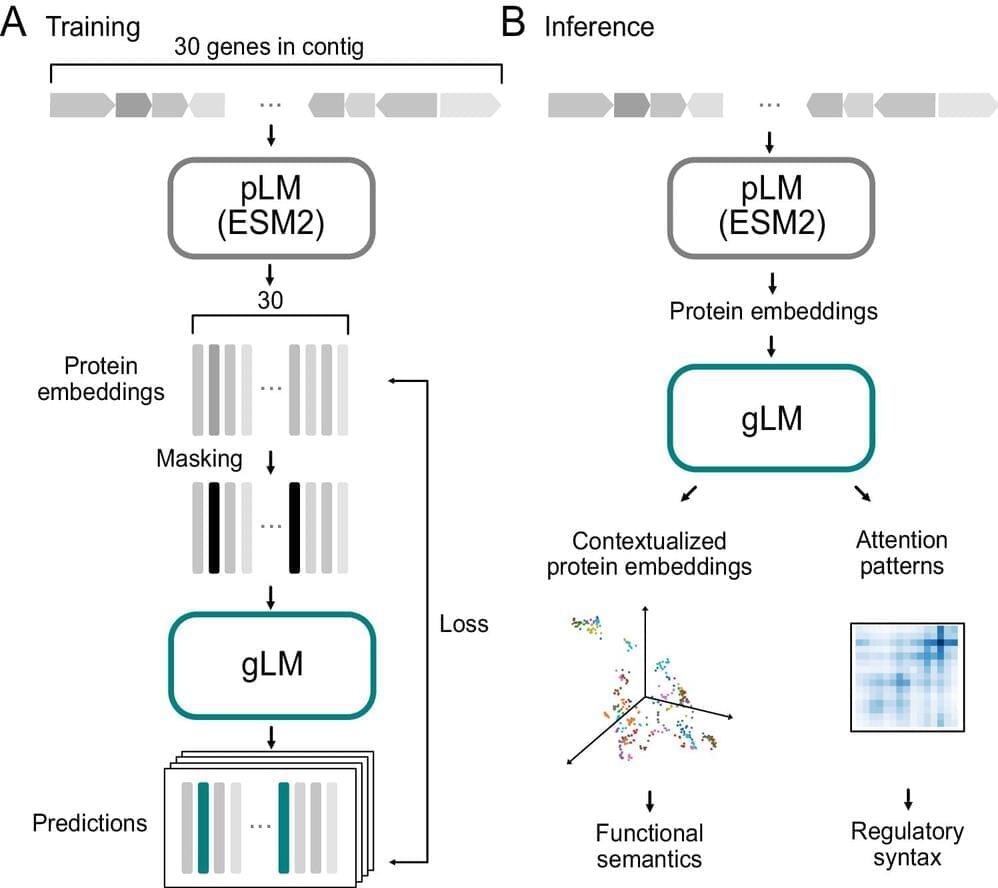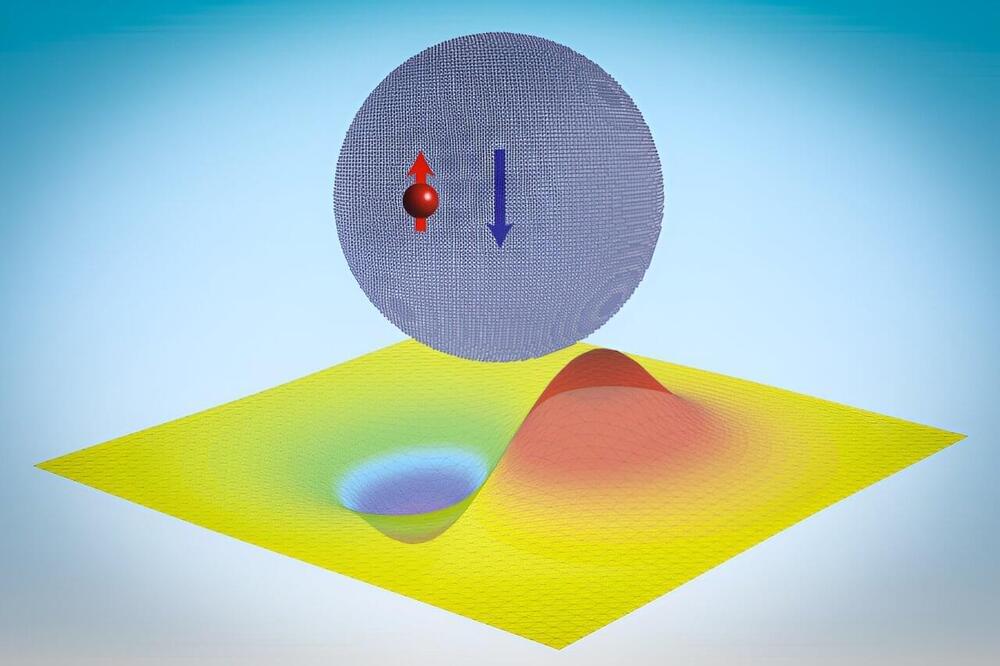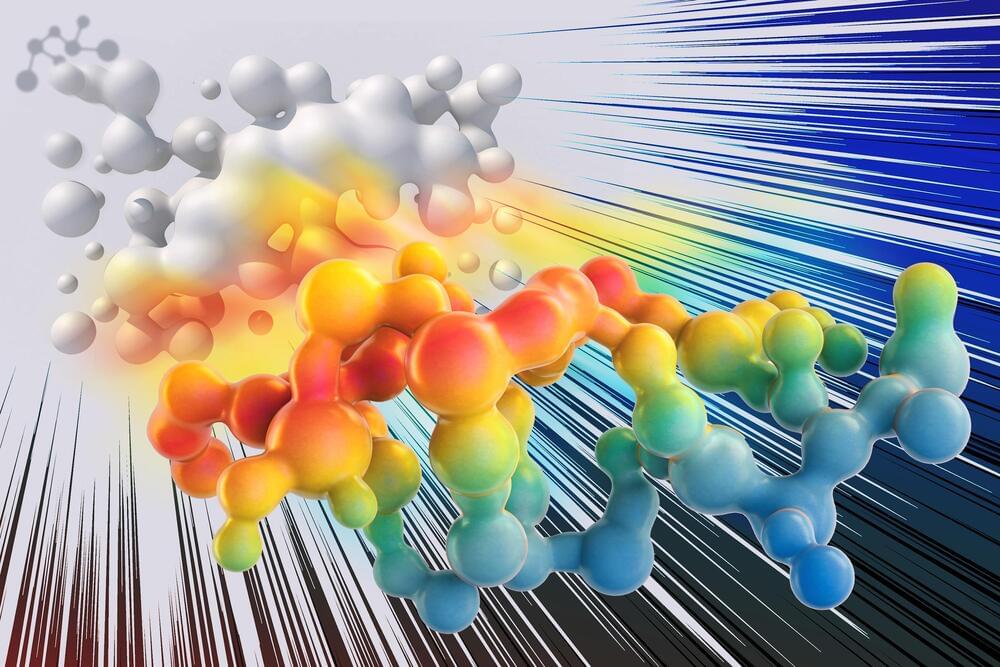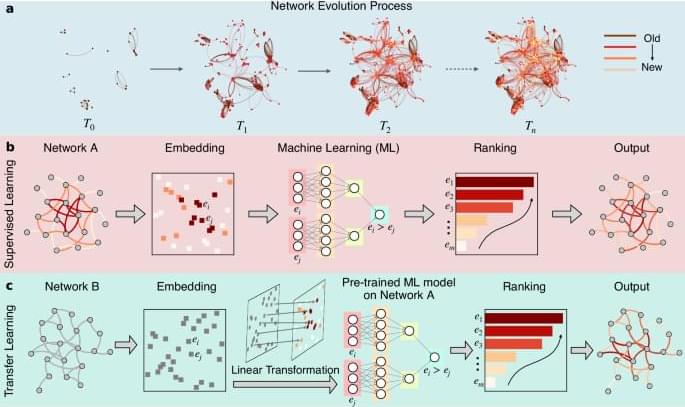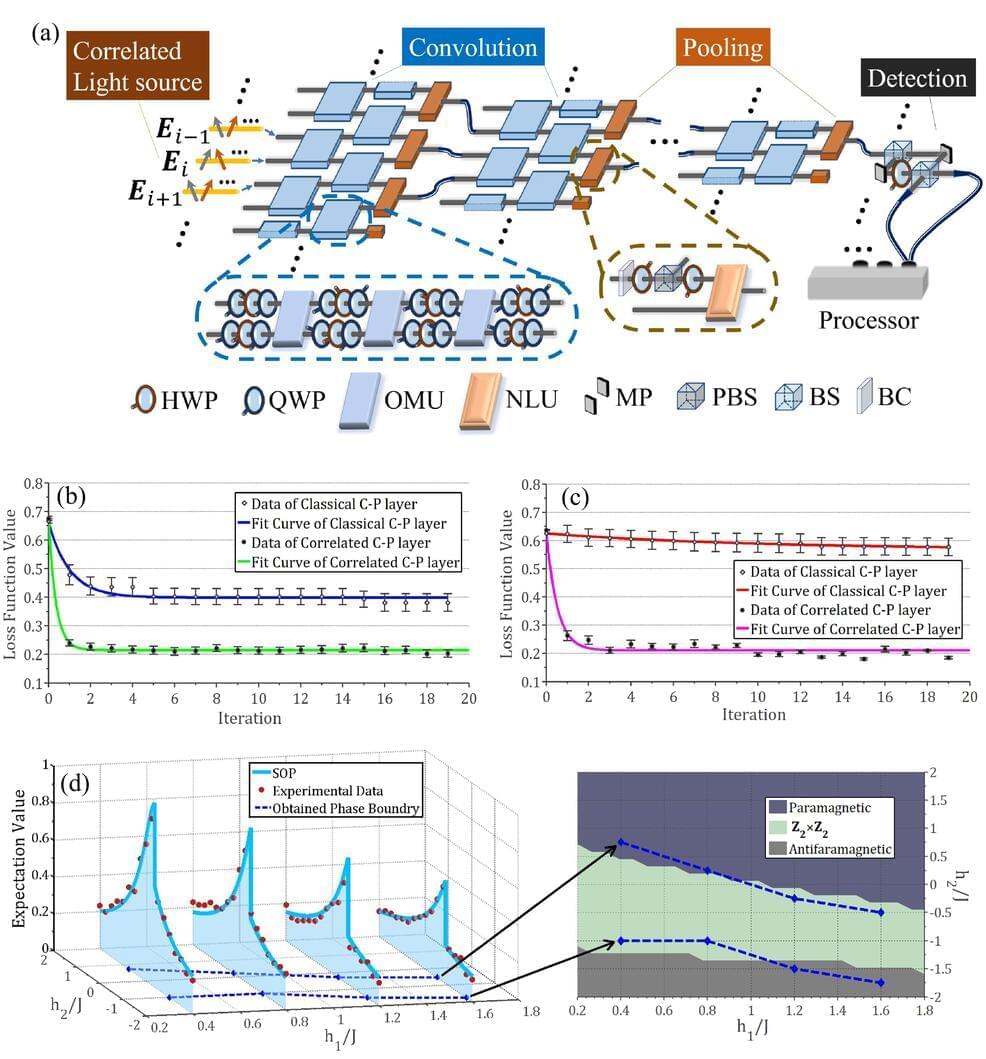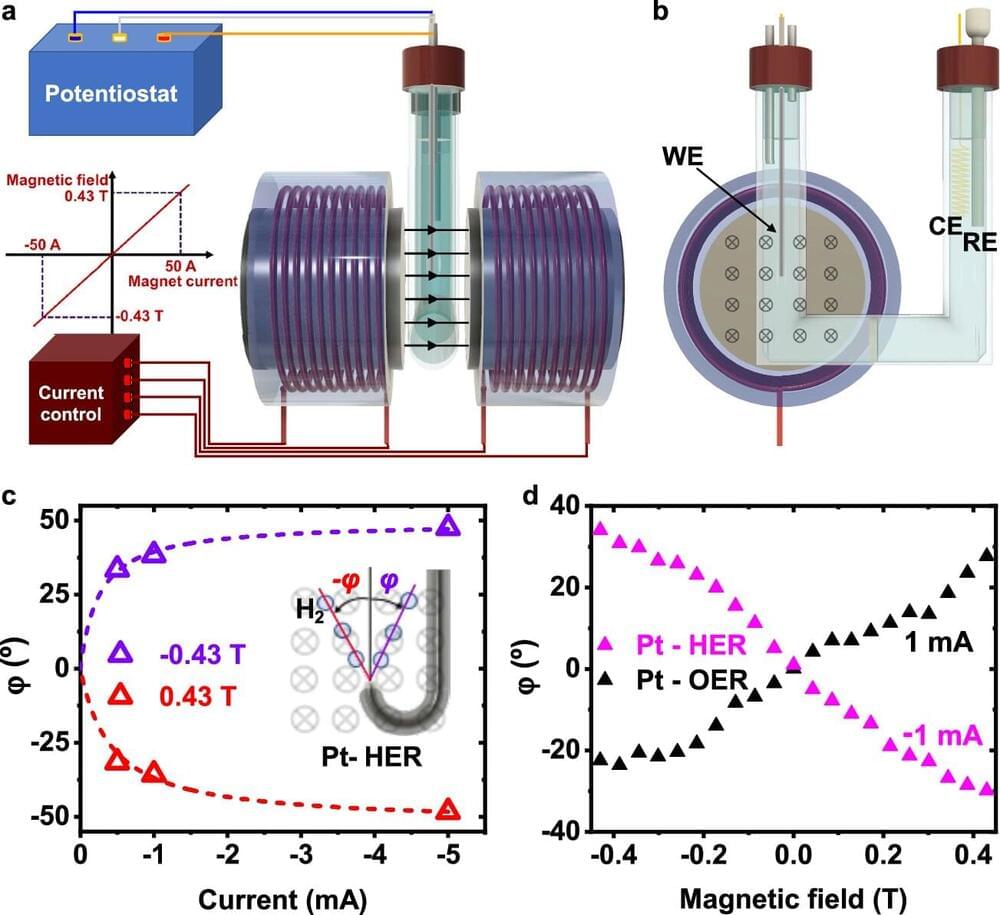Apr 3, 2024
As ‘The Matrix’ turns 25, the chilling artificial intelligence (AI) projection at its core isn’t as outlandish as it once seemed
Posted by Dan Breeden in categories: ethics, Ray Kurzweil, robotics/AI, singularity
People like the veteran computer scientist Ray Kurzweil had anticipated that humanity would reach the technological singularity (where an AI agent is just as smart as a human) for yonks, outlining his thesis in ‘The Singularity is Near’ (2005) – with a projection for 2029.
Disciples like Ben Goertzel have claimed it can come as soon as 2027. Nvidia’s CEO Jensen Huang says it’s “five years away”, joining the likes of OpenAI CEO Sam Altman and others in predicting an aggressive and exponential escalation. Should these predictions be true, they will also introduce a whole cluster bomb of ethical, moral, and existential anxieties that we will have to confront. So as The Matrix turns 25, maybe it wasn’t so far-fetched after all?

